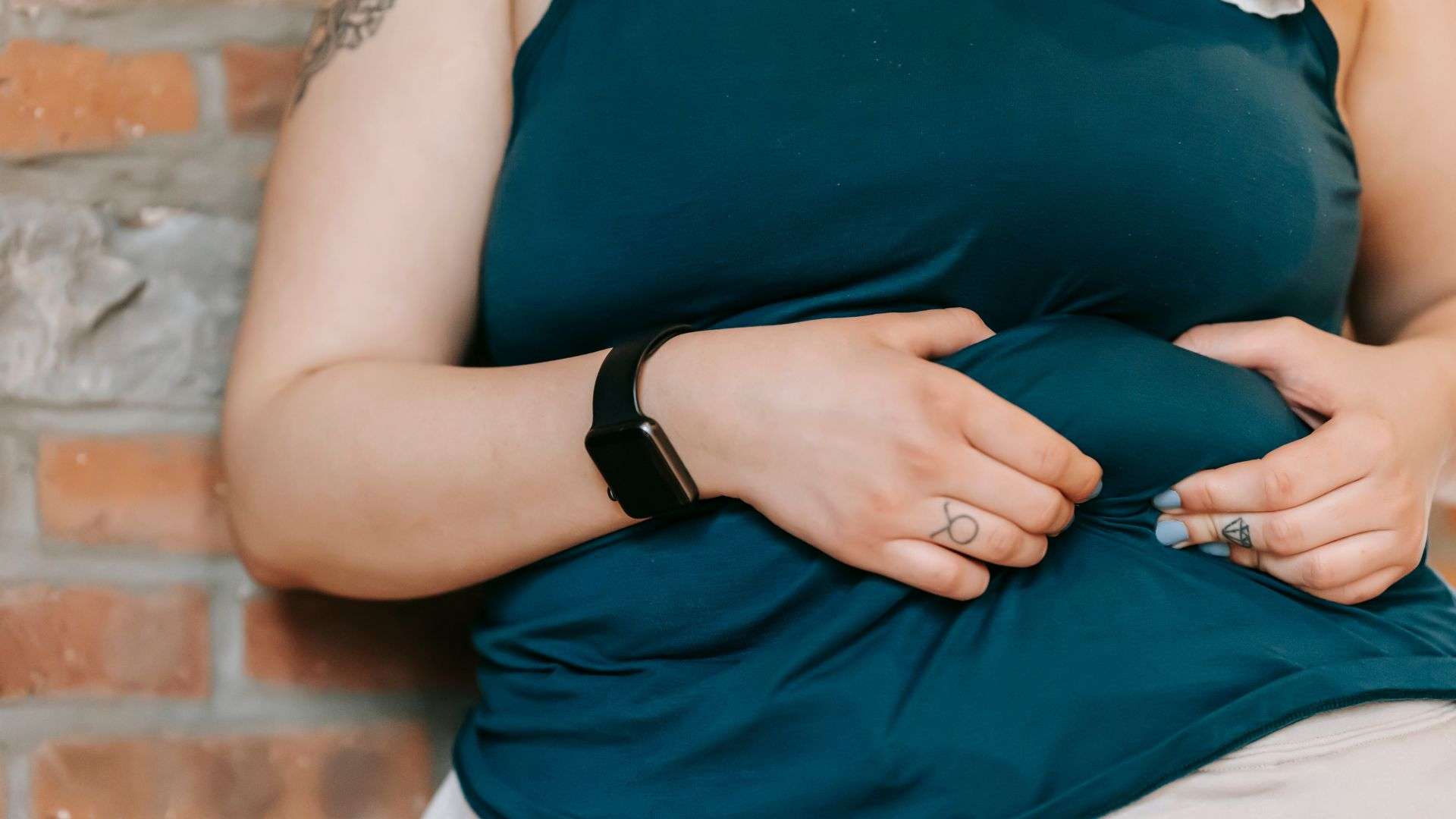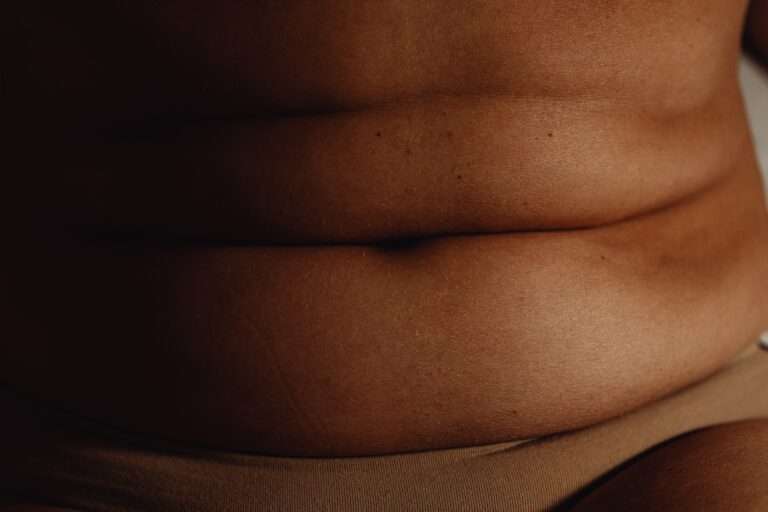What are The Worst Days after Tummy Tuck?
A tummy tuck, also known as abdominoplasty, is a popular cosmetic surgical procedure that helps to improve the appearance of the abdomen. During the procedure, the surgeon removes excess skin and fat from the abdominal area and tightens the muscles in the area to create a more toned and flat-looking stomach. While a tummy tuck can provide great results and improve self-confidence, it is important to understand that it is also a major surgery that requires a significant recovery period. In this blog post, we will discuss some of the worst days after tummy tuck, as well as what you can do to make the recovery process as smooth and comfortable as possible.
Worst Days after Tummy Tuck
Some of the worst days after a tummy tuck are those when you feel pain, swelling, and discomfort. Days 3-10 are the toughest ones where you have limited mobility to pain and swelling. These days are also critical because a slight mishappening can lead to torn internal stitches after the tummy tuck. Here is the breakdown of all the tough days after a tummy tuck and the challenges that come with them.
Day of Surgery
The day of surgery is likely to be one of the worst days after a tummy tuck. You will be under general anesthesia during the surgery, so you won’t feel any pain, but you may feel nauseous or groggy when you wake up. Drainage tubes are inserted into your abdomen to help remove excess fluids, which can be uncomfortable. You will be advised to take it easy, rest and not engage in any physical activity.
Day 1-2
Immediately After Surgery The first few days after your surgery will likely be the most challenging, as you may experience pain, swelling, and discomfort. Your surgeon will likely prescribe pain medication to help manage your pain, and you will be given instructions on how to care for your incisions and dressings. You may feel groggy or disoriented due to the anesthesia, and it is important to have someone to help you during this time.
Day 3-5
Swelling and Discomfort Around day 3-5, you may start to experience more swelling and discomfort, as your body begins to heal from the surgery. This is a normal part of the healing process, but it can be uncomfortable. You may also experience some bruising or discoloration around the incision sites, which is also normal.
Day 6-7
Drain Removal Around days 6-7, your surgeon may remove any drains that were placed during your surgery. This can be uncomfortable, but it is a necessary part of the recovery process. Your surgeon will likely give you instructions on how to care for your incisions after the drains are removed.
Day 7-10
Limited Mobility During this period, you may still experience some discomfort and limited mobility. It is important to rest as much as possible during this time and avoid any strenuous activity or heavy lifting. Your surgeon may recommend that you wear a compression garment to support your abdomen and reduce swelling.
Day 10-14
Increased Activity Around days 10-14, you may start to feel more like yourself again and be able to increase your activity level. However, it is important to continue to take things slow and avoid any strenuous activity or heavy lifting. Your surgeon will likely give you specific instructions on when you can resume your normal activities.
How the worst days after Tummy Tuck can be avoided?
To avoid the worst days after a tummy tuck, it is essential to strictly follow your surgeon’s post-operative instructions, take your medications as directed, and rest as much as possible during the recovery period. These steps will help to minimize discomfort, reduce the risk of complications, and ensure a smoother and faster recovery.
What can I do to make the recovery process easier?
There are several things you can do to make the recovery process after a tummy tuck easier, including:
- Rest as much as possible and avoid any strenuous activity or heavy lifting.
- Take pain medication as prescribed to manage pain and discomfort.
- Wear a compression garment to support your abdomen and reduce swelling.
- Follow your surgeon’s post-operative instructions carefully, including any recommended diet or exercise modifications.
- Attend all follow-up appointments with your surgeon to monitor your progress and address any concerns.
Conclusion
The tummy tuck is a major surgical procedure that can be quite challenging in terms of recovery. However, by understanding what to expect and following your surgeon’s post-operative instructions carefully, you can help to minimize the discomfort and ensure a smooth and successful recovery. Make sure to keep an eye on warning signs after a tummy tuck, remember to be patient and take things slow, and before you know it, you will be enjoying a flatter, more toned abdomen and improved self-confidence.
FAQ:
The first few days after surgery can be the most challenging, as you may experience pain, swelling, and discomfort. Around days 3-5, you may experience more swelling and discomfort. Around days 6-7, you may have drains removed, which can be uncomfortable.
Recovery time can vary from patient to patient, but most people can return to work and light activity within 2-4 weeks after surgery. It can take several months for full recovery, and you will need to avoid strenuous activity and heavy lifting for several weeks after surgery.
Your surgeon will likely prescribe pain medication to help manage your pain. It is important to take this medication as directed and avoid taking any other pain medications without your surgeon’s approval.
Your surgeon will give you specific instructions on how long to wear a compression garment after surgery. This garment helps to support your abdomen and reduce swelling, and you may need to wear it for several weeks or even months after surgery.
Following your surgeon’s post-operative instructions carefully, including resting as much as possible and avoiding strenuous activity or heavy lifting.







